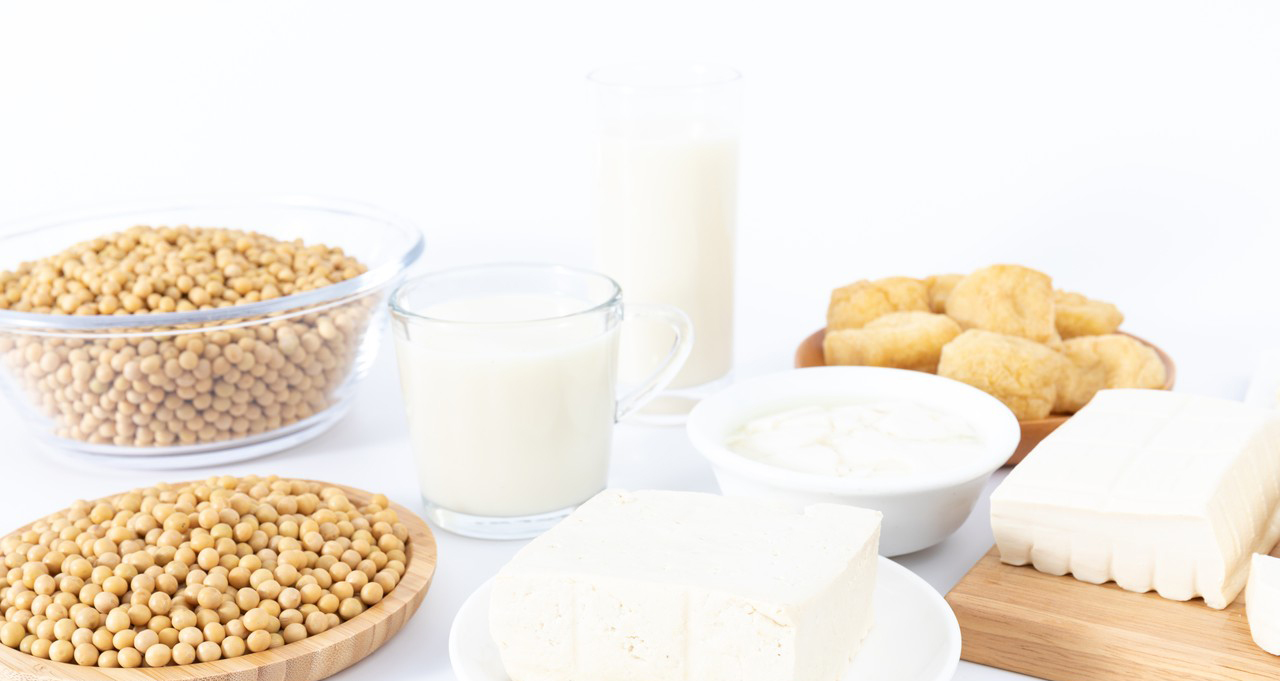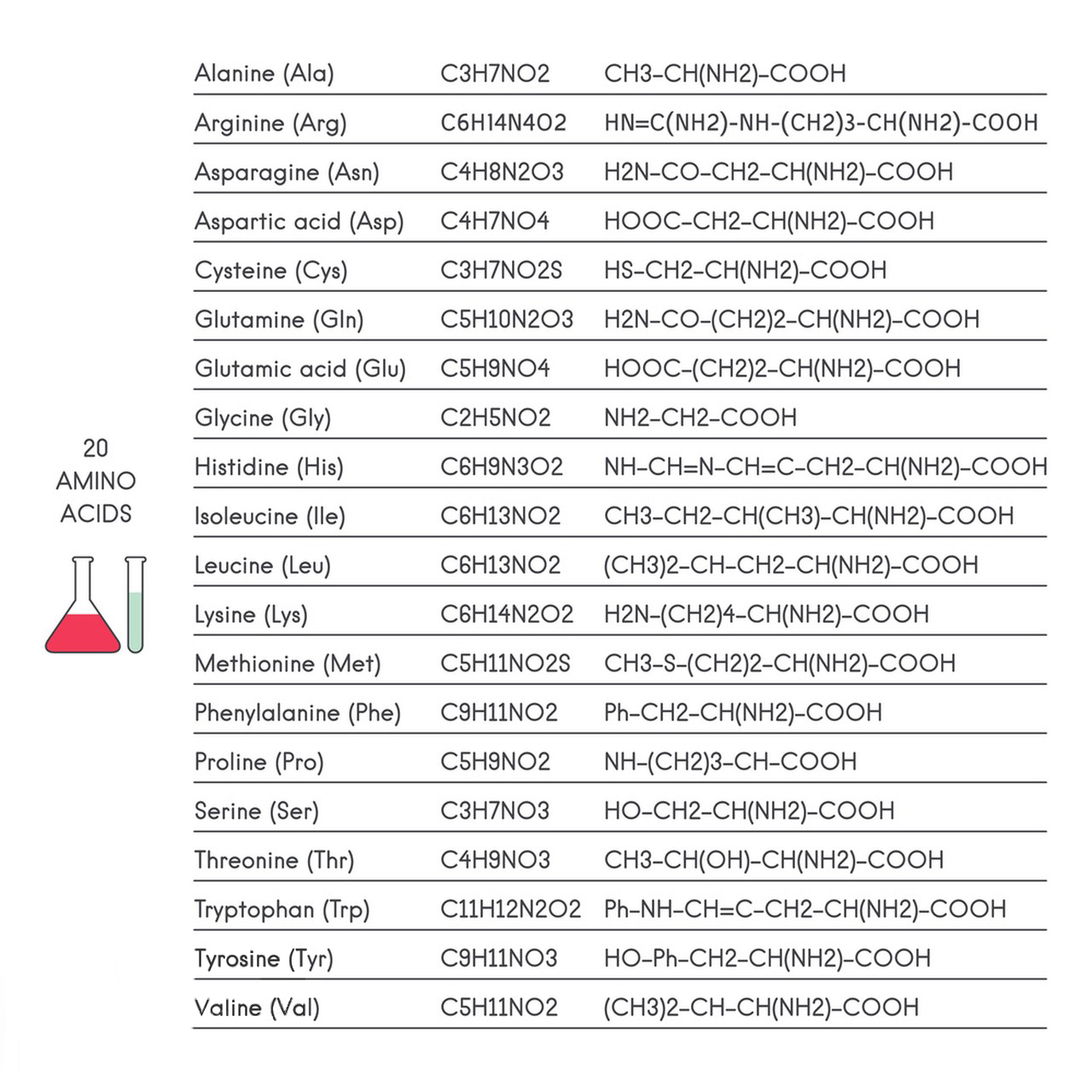L-Tryptophan is an essential amino acid that is produced both through chemical synthesis and via fermentation methods. Here’s an overview of the primary production methods:
1. Fermentation (Biotechnological Production)
Fermentation is the most widely used and environmentally friendly method for industrial-scale production of L-Tryptophan. This method utilizes microorganisms such as Escherichia coli or Corynebacterium glutamicum to biosynthesize the amino acid. The steps involved in fermentation include:
- Strain selection and genetic modification: Specific strains of bacteria or fungi are genetically engineered or selected to overproduce L-Tryptophan. These microorganisms are often modified to enhance the biosynthesis pathway, leading to higher yields of the amino acid.
- Fermentation process: The selected microorganism is cultured in a fermentation medium, typically containing carbon sources (like glucose), nitrogen sources (like ammonium salts), vitamins, and other nutrients necessary for microbial growth and production of L-Tryptophan.
- Fermentation conditions: The fermentation takes place in bioreactors under controlled conditions (temperature, pH, and aeration) to optimize the growth of the microorganisms and the production of L-Tryptophan.
- Harvesting and purification: After fermentation, the L-Tryptophan is extracted from the culture broth, typically using filtration, centrifugation, and subsequent purification techniques such as crystallization or ion exchange chromatography to obtain pure L-Tryptophan.

2. Chemical Synthesis
Although fermentation is the dominant method, L-Tryptophan can also be synthesized chemically, though this method is less common due to its complexity and cost.
- Starting material: The chemical synthesis of L-Tryptophan usually begins with indole, an aromatic compound that is chemically modified through a series of reactions.
- Synthesis steps: The synthesis involves reactions like Friedel–Crafts acylation and other organic transformations to introduce the amino and carboxyl groups at the correct positions on the indole ring structure.
- Challenges: Chemical synthesis is more challenging because of the need to introduce the correct chirality (R-configuration) in the L-form, which requires careful stereochemical control. Additionally, the process is typically less efficient and more expensive than fermentation.
3. Enzymatic Methods
Enzymatic processes are being explored as more selective and environmentally friendly alternatives. These methods often use enzymes such as tryptophan synthase or other engineered biocatalysts to produce L-Tryptophan from simpler precursors.

Comparison of Methods:
- Fermentation is cost-effective, scalable, and environmentally sustainable, making it the preferred industrial method.
- Chemical synthesis is less commonly used due to its higher cost and complexity.
- Enzymatic methods are still under development for commercial application but show potential for producing high-purity L-Tryptophan with fewer by-products.
Applications of L-Tryptophan:
L-Tryptophan is crucial for human health as it is a precursor for the synthesis of serotonin, melatonin, and niacin (vitamin B3). It is widely used in the production of:
- Dietary supplements for mood enhancement, sleep disorders, and depression.
- Animal feed to enhance growth in livestock.
- Food additives, often in the form of a supplement to improve nutritional quality.
If you’d like more details on any specific step, feel free to ask!
